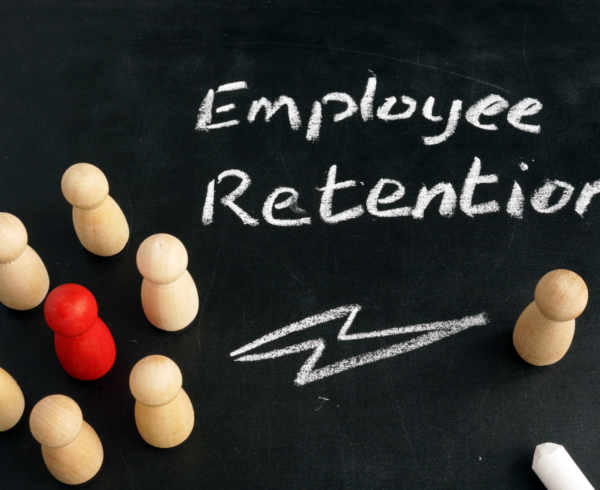It’s no secret that the past couple of years have been stressful on a variety of fronts. COVID-19 has been a real mental roller coaster and many employers and employees are still trying to figure out where they go from here.
How bad has it been?
In a recent Kaiser Family Foundation poll, it was reported that almost half of Americans have said their mental health has suffered. Recently, the World Health Organization has reported a 25% increase in the prevalence of anxiety and depression.
This means if you’ve been feeling stressed and burned out, you’re not alone. The fall season is a great time to think about how to strengthen your mental and physical wellbeing going forward.
Here are four ways to make your mental well-being a priority:
1. Set Clear Objectives
The first step is to have clear objectives about your mental well-being so you can design a path. Setting priorities about your mental health is much more than simply saying you want something to happen. The path to success means you should clearly define what you want and understand why you want it.
2. Write Down your Goals
The act of writing down a mental health-related goal makes it real. As you write, use the word “will” instead of “would like to” or “might.” For example, “I will allow more time for myself to decompress by not checking work emails when I get home” vs, “I would like to increase my free time so I can feel less stressed.” The first statement lets you “see” yourself achieving your goal and makes it tangible, instead of “hoping” to do it. Once you write out your goals, create an achievable action plan and stick to it.
3. Set Boundaries
For many of today’s employees’ feelings of stress, anxiety and burnout are at an all-time level according to a recent study.
Setting boundaries can be as simple as making sure not to connect your phone to your work email or to avoid checking work emails between certain evening hours to shift focus to family or personal time. Realizing when and how to delegate responsibilities is also a necessity when boundary-setting. Setting limits is equally important for those working from home, since the lines between work and home life often blur – causing stress, anxiety and even anger.
4. Exercise
Sitting for long periods is a sedentary activity, and lack of movement has all sorts of negative effects on your mental health. Lack of movement can increase the odds of depression and elevate anxiety levels. Doing a workout is not the only way to incorporate movement into your workday—taking a brief walk around the block works just as well.
Many corporate workplaces have gyms or offer weekly workout classes like yoga. If you work from home, there are apps featuring everything from tai chi to five-minute power workouts that can make staying mentally alert and fresh much easier.
Contact Us Today
Looking for the right staffing solutions? Malone Workforce Solutions is your full-service recruiting and staffing provider. Whether you’re looking to hire full time or need contract, temporary, or temp-to-hire staffing, we’re here to help. Our proven network and experience can help your organization find the perfect fit. Contact us today and let’s discuss on how we can help you meet your staffing needs.























